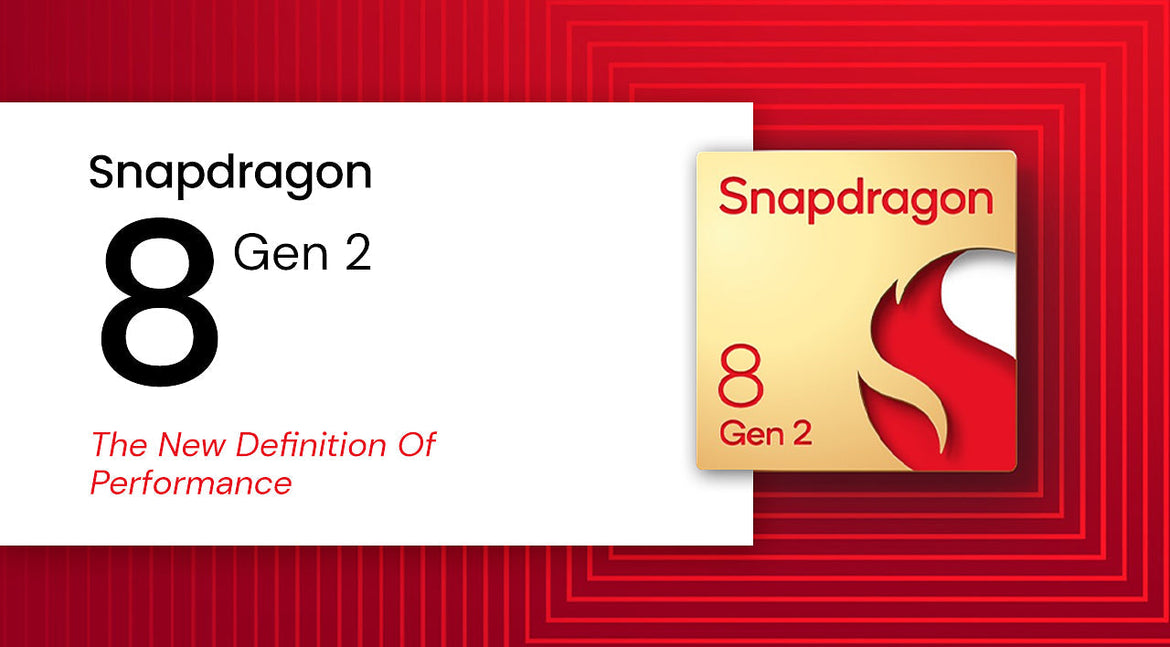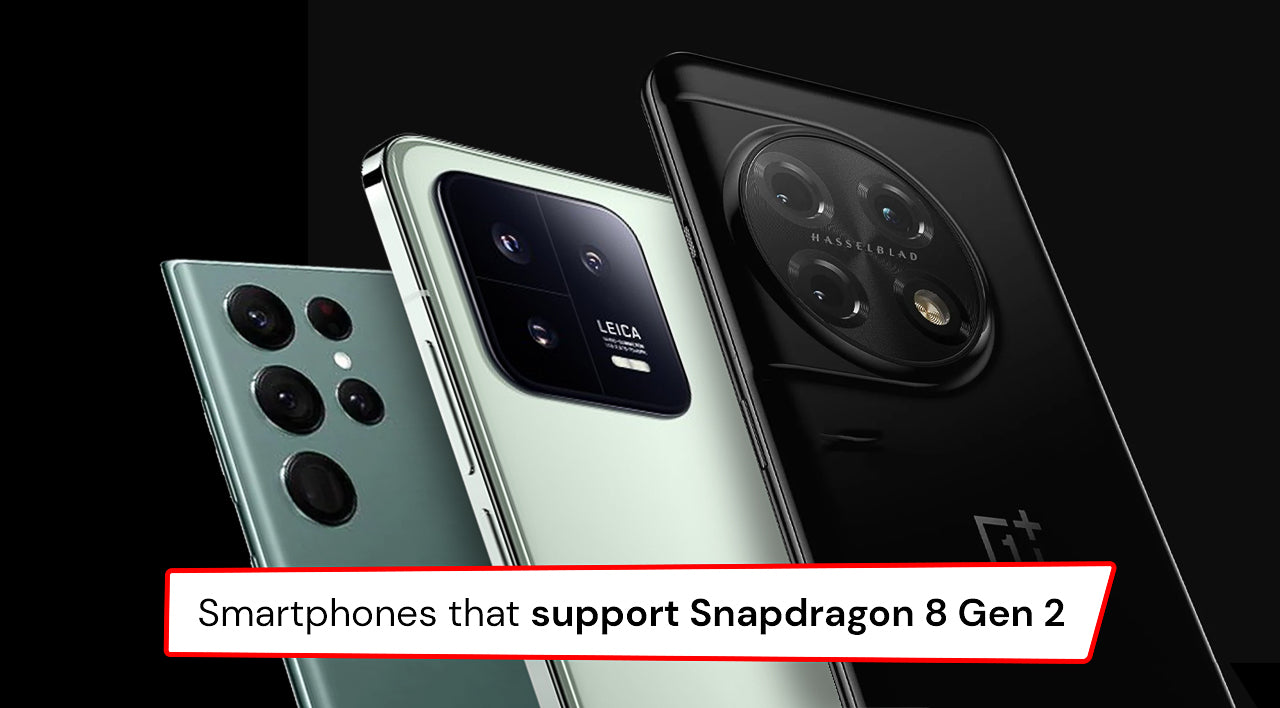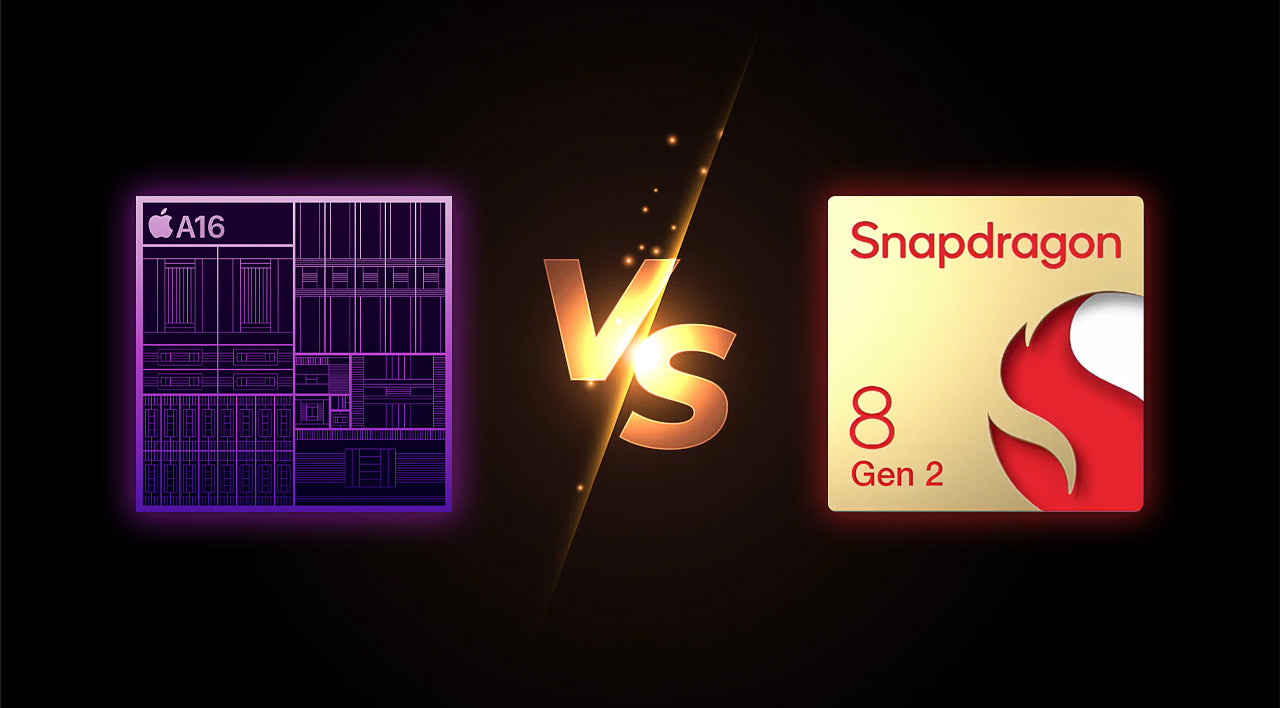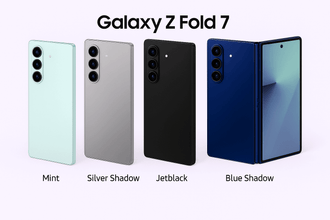
Snapdragon 8 Gen 2 Review and How It Led to Snapdragon 8 Gen 4 Breakthroughs
- 5G Smartphone, snapdragon, Snapdragon 8 gen 2
- 23 Dec, 2022
Introduction
The chipsets powering smartphones are getting smarter, and the ones made by Qualcomm are particularly known for that. The Snapdragon 8 Gen 2, Qualcomm’s flagship chipset, gave us a preview of what Android phones were capable of in 2023. The chipset offered improvements to AI performance, image processing for better camera shots, and connectivity. Snapdragon 8 Gen 2 was purpose-built for AI, powered by an upgraded Hexagon processor. This supported features like multi-language translation, customized wake words, and camera capabilities that tapped into artificial intelligence.
Since then, Qualcomm has continued to push boundaries with the launch of Snapdragon 8 Gen 3 in late 2023 and Snapdragon 8 Gen 4 in April 2025, offering even greater leaps in AI, performance, and gaming capabilities.
How TSMC Helps Snapdragon Chips Solve Heating Issues
In previous years, Snapdragon upgrades were often coupled with problems of power consumption and heating. Compared to earlier versions, the Snapdragon 8 Gen 2 improved CPU performance by 10%, energy efficiency by 15%, and GPU performance by 20%. AI performance also went up by 10%, and ISP performance saw significant improvements. The Snapdragon 8 Gen 2 addressed heating issues effectively. It used TSMC’s 4nm manufacturing process, which greatly enhanced performance and energy efficiency, delivering the highest performance at lower temperatures.
The Snapdragon 8 Gen 4 has now moved further ahead with TSMC’s advanced 3nm process, promising even better thermal management, improved battery life, and substantial performance gains.
New structure of the New Processor
The Snapdragon 8 Gen 2 was based on the ARMv9 architecture and used TSMC’s 4nm process. It utilized a 1+4+3 CPU cluster configuration instead of the traditional 1+3+4 setup. Featuring a Cortex-X3 core clocked at 3.2GHz, it included four performance cores. This extra core helped improve performance in demanding applications like gaming and video editing. According to Qualcomm, the Snapdragon 8 Gen 2 delivered a 35% improvement over the Snapdragon 8 Gen 1.
Snapdragon 8 Gen 4 has adopted an entirely new architecture featuring custom Oryon CPU cores, which Qualcomm claims deliver desktop-class performance on mobile devices.
Snapdragon 8 Gen 2 and Gen 4 Performance and Memory Upgrades
Qualcomm consistently delivered meaningful gains year over year. The Cortex-X3-based Kryo Prime core in Snapdragon 8 Gen 2 ran at 3.2GHz, with four performance cores clocked at 2.8GHz. GPU performance improved by 25%, with a 45% better power efficiency. It supported hardware-accelerated ray tracing and accommodated up to LPDDR5X RAM and UFS 4.0 storage formats. The reference hardware was running a 64-bit version of Android 13 with OpenGL ES 3.2 and Vulkan 1.3, along with an Adreno 740 GPU.
Meanwhile, the Snapdragon 8 Gen 4 supports the latest LPDDR5T memory for even faster bandwidth, enhancing multitasking and gaming performance.
Now Raytracing is making games more interactive

For gamers, the biggest upgrade introduced in Qualcomm Snapdragon 8 Gen 2 was hardware-accelerated ray tracing. The Adreno GPU and the Kryo CPU supported real-time hardware ray tracing, pushing smartphone game graphics to newer heights. The Snapdragon 8 Gen 2 launched with the support of game makers and smartphone OEMs. Qualcomm had expected its OEM customers to launch ray-tracing titles, and many of them did. It also offered the first mobile-optimised support for the Unreal Engine 5 Metahumans framework, allowing players to experience photorealistic human characters in games.
With the release of Snapdragon 8 Gen 4, ray tracing performance has been significantly improved, delivering smoother visuals and more realistic lighting effects in next-generation mobile games.
New Snapdragon with Improvement in camera ISP
For photography enthusiasts, the Snapdragon 8 Gen 2 offered significant image and video quality improvements. Its image signal processor (ISP) looped in AI functions without OS intervention, enhancing photos and videos automatically and in real-time through semantic segmentation. This was achieved by using an AI neural network to track and improve elements like faces, hair, clothes, and backgrounds. Snapdragon 8 Gen 2 was also the first Snapdragon model to support the AV1 codec, capable of capturing 8K footage at 60fps.
In Snapdragon 8 Gen 4, the upgraded cognitive ISP and dedicated AI engines now allow real-time object tracking, background manipulation, and cinematic-grade video recording at 8K resolutions.
Smartphones Powered by Snapdragon 8 Gen 2 and Gen 4: Adoption and Trends

At its launch event, Qualcomm announced that 17 phone manufacturers would use the Snapdragon 8 Gen 2. These included brands like Motorola, OnePlus, Oppo, Redmi, Sony, Xiaomi, Vivo, and ZTE. The first smartphone series to adopt the chip was the Vivo X90 series. Samsung was notably absent from the early list, choosing between its Exynos processors and Snapdragon options depending on region.
Today, almost all major flagship Android smartphones, including the Samsung Galaxy S25 series, OnePlus 13, and Xiaomi 15, are powered by the Snapdragon 8 Gen 4.
Snapdragon 8 Gen 2 vs A16 Bionic & Gen 4 vs A18 Bionic Comparison

The Snapdragon 8 Gen 2 was built on a 4-nanometer process, putting it in the same league as Apple's 4nm A16 Bionic chipset. The A16 Bionic was known for delivering top-tier performance, but Qualcomm managed to close the gap against Apple in multi-threaded tasks. Although Apple still led in single-core CPU performance, Snapdragon 8 Gen 2 gained advantages in AI and wireless connectivity.
Currently, Snapdragon 8 Gen 4 rivals Apple's A18 Bionic chip, narrowing the gap even further in both single-core and multi-core performance, and setting new standards in AI processing and on-device intelligence.
Conclusion
Qualcomm’s premium smartphone processor, the Snapdragon 8 Gen 2, created major waves with its new capabilities when it launched. It delivered substantial CPU, GPU, and AI improvements along with new architectural designs and faster clocks. Snapdragon 8 Gen 2 set the stage for flagship smartphones in 2023.
Since then, Qualcomm has continued to evolve its mobile platform. The launch of Snapdragon 8 Gen 4 in April 2025 marks another giant leap forward, delivering groundbreaking AI features, desktop-grade performance, and next-level gaming experiences for the future of smartphones.





























